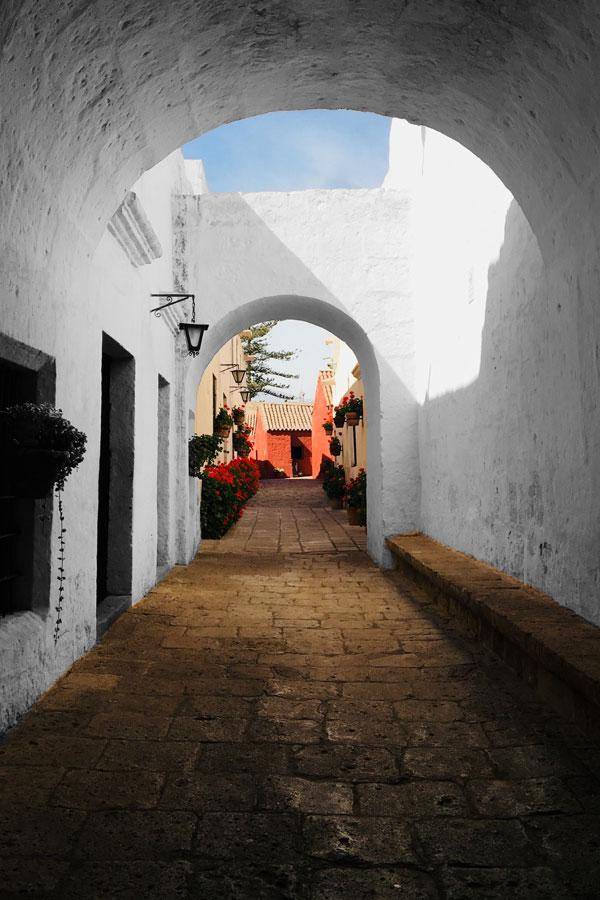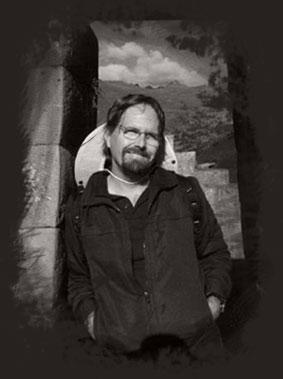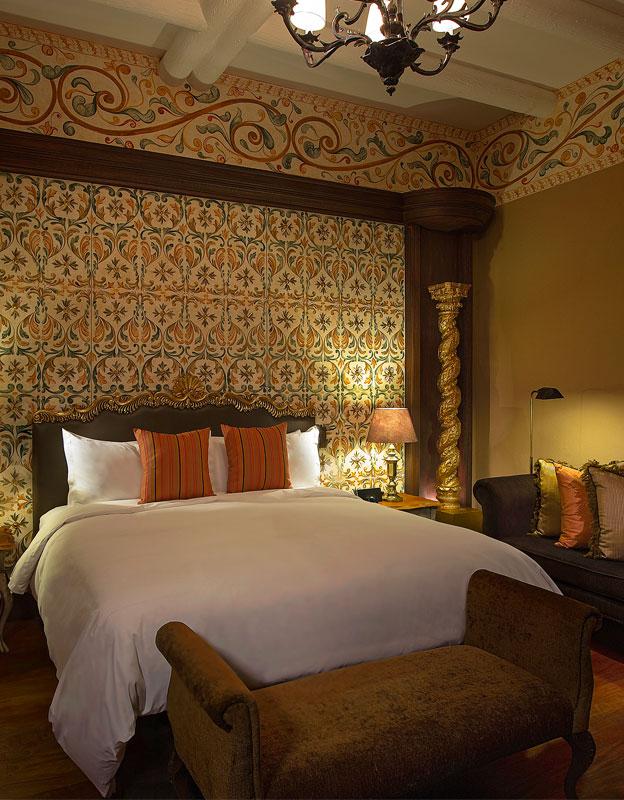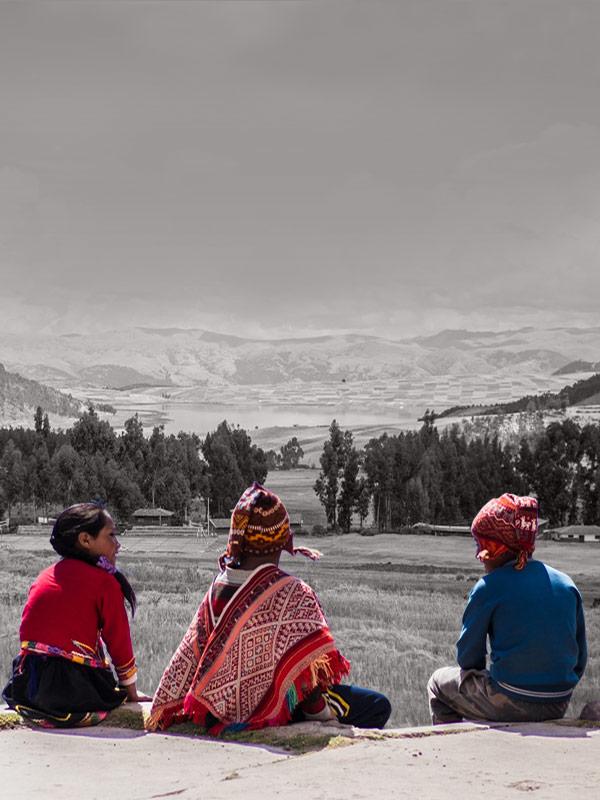
Postpone your tour with zero cost up to 20 days prior to arrival with open dates.

 PRESENTED BY Kim Macquarrie,
PRESENTED BY Kim Macquarrie, 
| Luxury | Superior | Comfort | |
|---|---|---|---|
| Double | $3,639 | $2,929 | $2,439 |
| Single | $6,009 | $4,609 | $3,729 |

Postpone your trip at no cost up to 20 days before arrival with open dates.
Read moreYour personal travel advisor will build a tailored itinerary.
Experience all tours in private, unless otherwise indicated.
Knowledgeable, professional and passionate staff and guides.
24/7 emergency assistance from English speaking staff.
Superior hospitality, elegance, location, and premium facilities - these are the standard features of all Inca Expert Travel's handpicked hotels. Browse our list and find your perfect hotel. If you have a hotel in mind that you don't see here, just let us know and we can book a room for you in any hotel in Peru.

